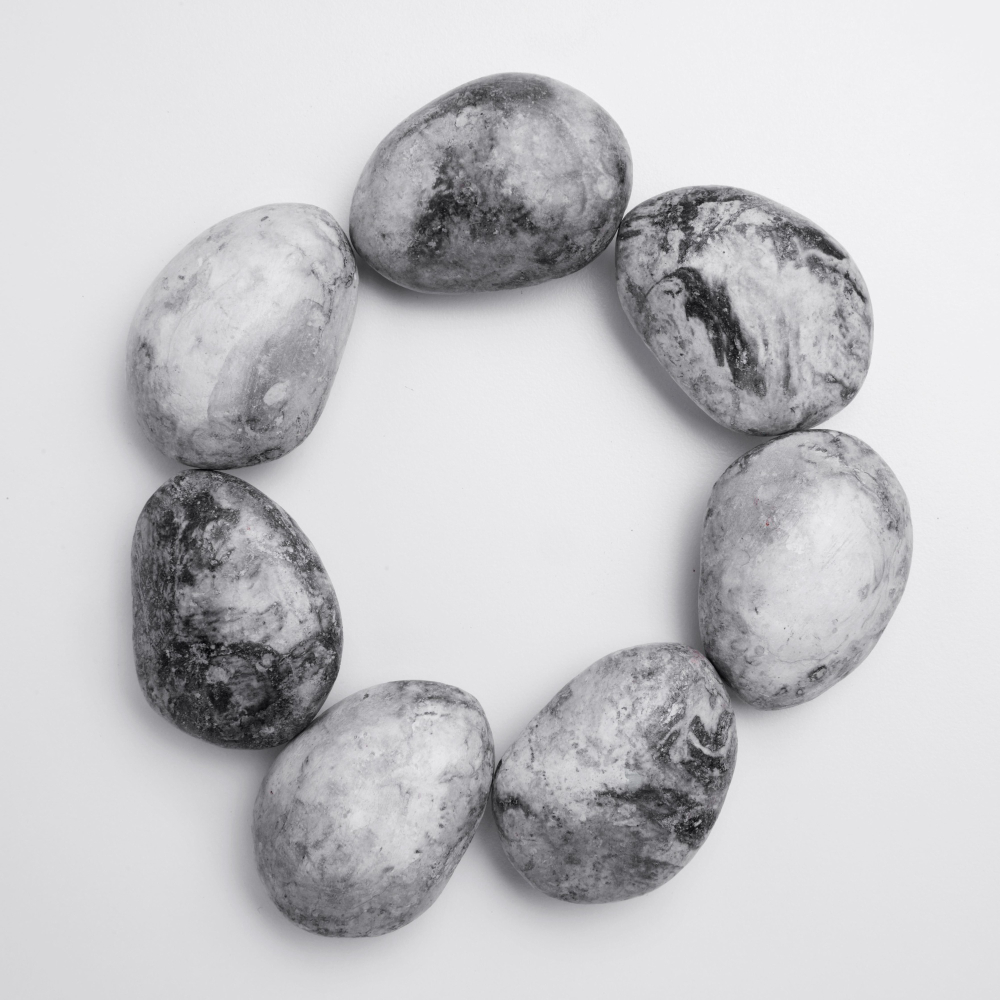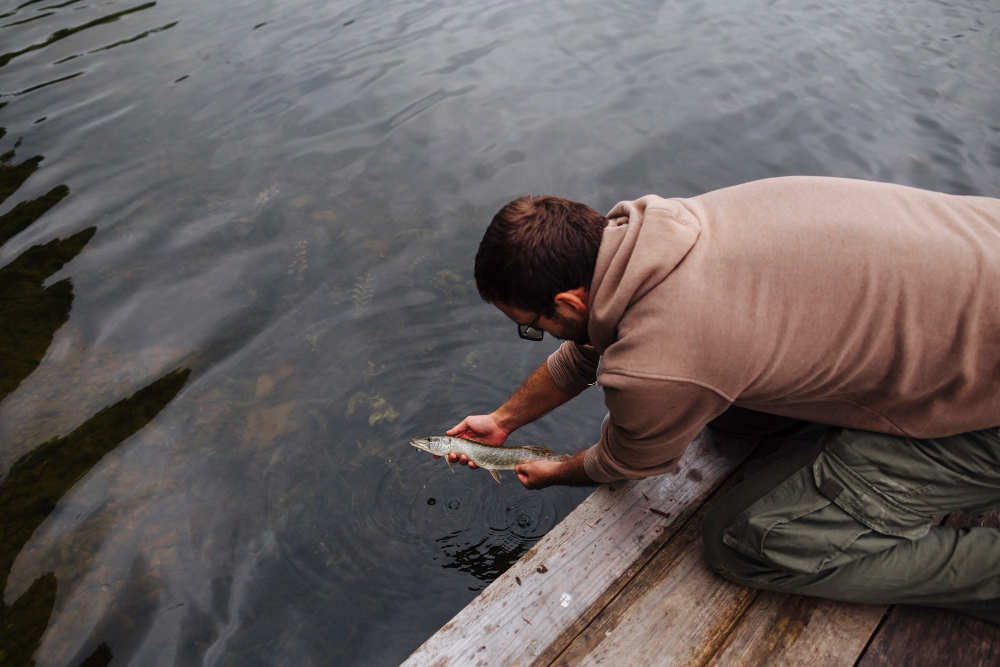In a world increasingly aware of environmental degradation and unethical labor practices, the fashion industry is undergoing a transformation. Consumers are demanding transparency, sustainability, and ethical production. Enter Omparatelier—a concept that blends high-end fashion with eco-conscious values. But what exactly is Omparatelier, and why is it gaining attention in the fashion world?
This blog post explores the philosophy behind Omparatelier, its impact on sustainable fashion, and how it is redefining luxury for the modern consumer.
What is Omparatelier?
Omparatelier (derived from the French “atelier,” meaning workshop) represents a movement in fashion that prioritizes craftsmanship, sustainability, and ethical production. Unlike fast fashion brands that mass-produce cheap clothing at the expense of the environment and workers, Omparatelier focuses on:
- Slow Fashion: Creating timeless, high-quality pieces meant to last.
- Ethical Sourcing: Using materials that are organic, recycled, or cruelty-free.
- Artisanal Craftsmanship: Supporting skilled artisans and fair wages.
- Zero-Waste Design: Minimizing fabric waste through innovative pattern-making.
This approach challenges the traditional fashion industry by proving that luxury doesn’t have to come at the cost of ethics or sustainability.
The Problem with Fast Fashion
Before diving deeper into Omparatelier’s solutions, it’s important to understand why sustainable fashion is necessary. The fast fashion industry is responsible for:
- Environmental Damage: The fashion industry contributes to 10% of global carbon emissions and is the second-largest consumer of water.
- Waste Crisis: Over 92 million tons of textile waste end up in landfills each year.
- Unethical Labor Practices: Many fast fashion brands exploit workers in developing countries with low wages and unsafe conditions.
Omparatelier stands in stark contrast by embracing a business model that respects both people and the planet.
The Pillars of Omparatelier’s Philosophy
1. Sustainable Materials
Omparatelier avoids synthetic fabrics like polyester (which sheds microplastics) and instead uses:
- Organic cotton
- Tencel (made from sustainably sourced wood pulp)
- Recycled fabrics (upcycled from pre-existing materials)
- Plant-based leather alternatives (such as mushroom or pineapple leather)
2. Ethical Production
Every garment from Omparatelier is made under fair working conditions. This means:
- Fair wages for workers
- Safe and humane working environments
- Supporting local artisans and small-scale manufacturers
3. Timeless Design Over Trends
Instead of chasing seasonal trends, Omparatelier focuses on classic, versatile designs that remain stylish for years. This reduces the pressure on consumers to constantly buy new clothes.
4. Zero-Waste Manufacturing
Traditional fashion production wastes 15-20% of fabric per garment. Omparatelier minimizes waste through:
- Efficient pattern-cutting techniques
- Repurposing fabric scraps into accessories or new designs
- Offering repair services to extend garment life
How Omparatelier is Changing Consumer Behavior
The rise of Omparatelier reflects a broader shift in consumer values. Today’s shoppers are more informed and prefer brands that align with their ethics. Here’s how Omparatelier influences buying habits:
1. Encouraging Conscious Consumption
Instead of impulse buying, Omparatelier promotes mindful shopping—investing in fewer, higher-quality pieces.
2. Transparency in the Supply Chain
Omparatelier provides full visibility into where and how clothes are made, building trust with consumers.
3. The Rise of the “Capsule Wardrobe”
By offering versatile, durable pieces, Omparatelier supports the capsule wardrobe trend—a minimalist approach to fashion where every item serves multiple purposes.
The Future of Omparatelier and Sustainable Fashion
As sustainability becomes non-negotiable for consumers, brands like Omparatelier are leading the charge. Here’s what the future may hold:
1. Mainstream Adoption of Circular Fashion
Omparatelier could inspire more brands to adopt circular fashion—where clothes are designed to be recycled or biodegraded at the end of their life cycle.
2. Technology and Innovation
Advancements in bio-fabrication (lab-grown materials) and AI-driven sustainable design could further revolutionize Omparatelier’s approach.
3. Policy and Industry Shifts
With increasing regulations on fashion waste (like France’s anti-waste law), Omparatelier’s model may become the industry standard.
How You Can Support the Omparatelier Movement
You don’t have to be a designer to contribute to sustainable fashion. Here’s how you can make a difference:
Buy Less, Choose Well – Invest in durable, ethically made pieces.
Support Ethical Brands – Research brands that follow Omparatelier’s principles.
Second-Hand & Vintage Shopping – Extend the life of existing garments.
Care for Your Clothes – Wash less, repair, and upcycle instead of discarding.
Demand Transparency – Ask brands about their sourcing and labor practices.
Conclusion
Omparatelier is more than just a fashion label—it’s a movement toward a more responsible and sustainable industry. By valuing quality over quantity, ethics over exploitation, and innovation over waste, Omparatelier proves that fashion can be both beautiful and kind to the planet.














